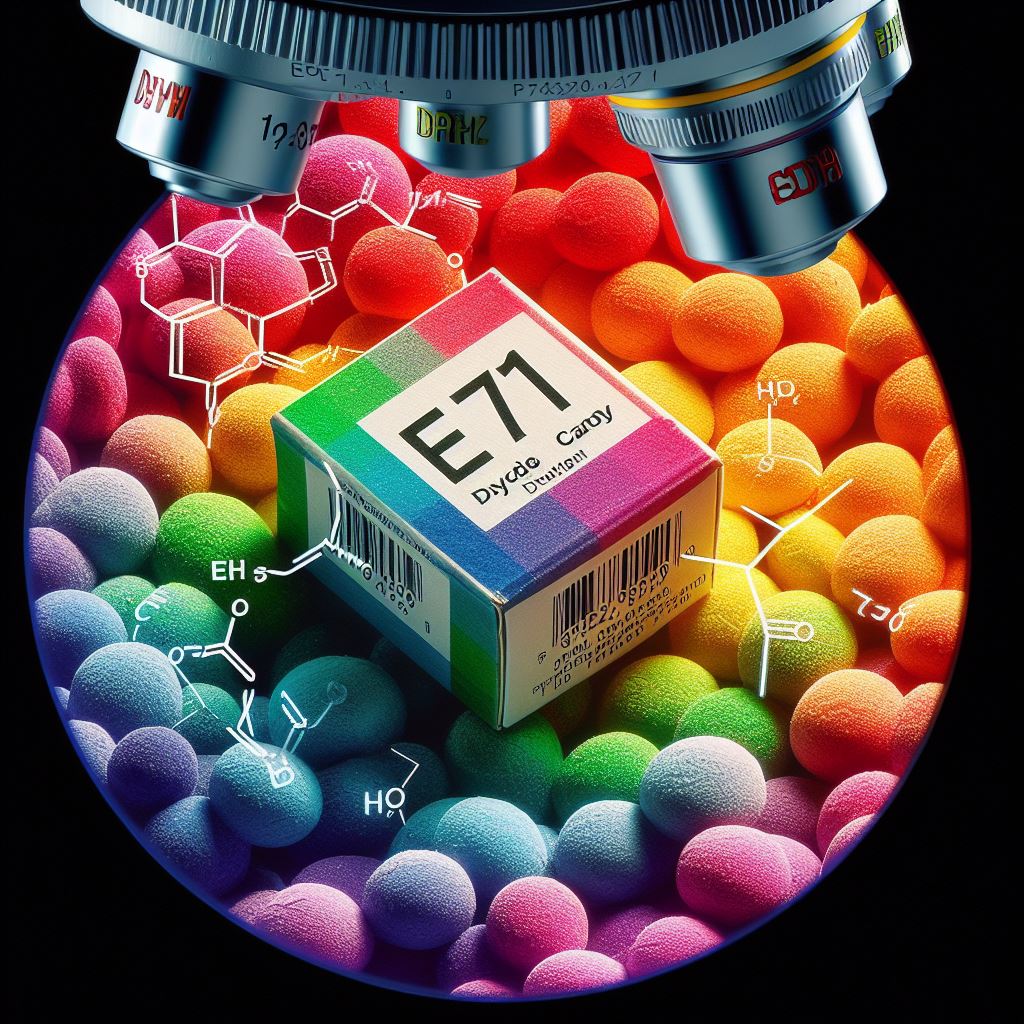Introduction:
Dye E171: Did you ever wonder how that vibrant dress or stunning artwork came to life with a burst of color? Enter the fascinating world of dyeing! From ancient civilizations to modern times, dyeing has been an art form that adds beauty and personality to our lives. In this article, we will take a deep dive into the unique techniques of dyeing and explore the secrets behind creating mesmerizing works of art and vibrant textiles.
The History of Dyeing
Dyeing dates back thousands of years, with evidence of early dyeing techniques found in ancient Egypt and China. Early civilizations relied on natural dyes sourced from plants, minerals, and animals. These natural dyes, such as indigo, turmeric, and cochineal, provided a limited but fascinating color palette.
Natural Dyes: A Window to the Past
“Natural dyes connect us to traditions passed down through generations, preserved in the colors that evoke the spirit of our ancestors.” – Anonymous
Natural dyes have a unique charm and offer a connection to the past. They produce colors that are often earthy, subtle, and rich in depth. Many traditional cultures still practice natural dyeing techniques, using plant materials and traditional recipes passed down for centuries.
Despite the allure of natural dyes, they often require meticulous processes, longer dyeing times, and can be sensitive to light and washing. This led to the development of synthetic dyes, which revolutionized the world of dyeing.
The Advent of Synthetic Dyes
In the mid-19th century, chemists discovered how to create synthetic dyes, leading to a revolution in the world of color. The discovery of aniline dyes, such as mauveine, opened up a wide range of vibrant and stable color possibilities.
Synthetic Dyes: A Spectrum of Possibilities
“Synthetic dyes have transformed our world, offering an infinite rainbow of colors to explore and create with.” – Anonymous
Synthetic dyes offer advantages such as colorfastness, durability, and a wider range of hues. They can be synthesized to produce specific shades with greater accuracy and consistency. Synthetic dyes became an essential tool for the textile industry, enabling mass production of colorful fabrics and clothing.

I. Modern Techniques of Dye E171
Today, a myriad of dyeing techniques coexist, ranging from traditional methods to innovative contemporary approaches. Let’s explore some of the most popular techniques used in dyeing:
1. Tie-Dye: Embrace the Unexpected
Tie-dye is a beloved technique that originated in ancient Asia but gained popularity in the 1960s as part of the counterculture movement. It involves gathering and binding fabric in various ways to create patterns before applying dye. The dye is then absorbed by specific areas, resulting in vibrant and psychedelic designs.
2. Batik: Wax Your Way to Elegance
Originating from Indonesia, batik is a technique that uses a combination of wax resin and dyeing to create intricate patterns on fabric. Artisans apply melted wax to the areas they want to protect from dye. The fabric is then immersed in the dye, and the waxed areas resist the color, forming striking patterns. Multiple layers of wax and dye can be applied to create complex designs.
II. Modern Techniques of Dyeing
1. Shibori: The Art of Bound Resist
Shibori, a Japanese tie-dye technique, involves using various methods of binding, folding, stitching, or clamping fabric to create unique patterns. The bound areas resist the dye, resulting in mesmerizing and unpredictable designs. From gentle gradients to bold geometric shapes, shibori offers endless possibilities.
2. Dip Dyeing: Submerge in Gradient Serenity
Dip dyeing is a technique where fabric is partially immersed in dye to create a gradient effect. By gradually lowering the fabric into the dye bath, artisans can achieve captivating color transitions. Dip dyeing is a versatile technique that can create ombre effects, two-tone designs, or even delicate pastel shades.
3. Block Printing: Sculpting with Color
Block printing involves carving intricate designs onto wooden blocks, applying dye or ink, and pressing the block onto fabric or paper to transfer the pattern. This technique allows for precise and repetitive designs, lending a unique charm to textiles, artwork, and even home decor items. Block printing has a long history and is practiced in various cultures around the world.
Conclusion of Dye E171
Dyeing is an art form that captivates the senses and adds vibrancy to our lives. From the ancient roots of natural dyes to the advent of synthetic dyes, the world of color has evolved. Different dyeing techniques continue to inspire artists, fashion designers, and textile enthusiasts alike. Whether it’s tie-dye, batik, shibori, dip dyeing, or block printing, each technique has its unique charm and offers exciting opportunities for creative expression.
So, next time you admire a stunning piece of tie-dyed fabric or a breathtaking batik artwork, take a moment to appreciate the centuries-long journey of dyeing techniques and the passion behind creating something truly mesmerizing.
“In the realm of dyeing, colors carry stories, traditions, and emotions, weaving the fabric of our shared human experience.” – Anonymous
Eyeshadow Without Titanium Dioxide: Beautiful, Wonderful Eyes






Pingback: Mica Titanium Dioxide Research: A Fascinating Revelation - Safe Climber Overseas Pvt. Ltd.